Research career planning – top ten tips
Top ten tips for career planning in research
Top ten tips for career planning in research
Alexandre Poppe, Professeur agrégé de clinique/Clinical Associate Professor Hôpital Notre-Dame, Centre Hospitalier de l'Université de Montréal.
There exist many qualities that can distinguish a great mentor from a good one. These can be broadly divided into two categories: personal and professional.
Approachability: A mentee must feel at ease interacting with a mentor. A respectful exchange of ideas should be the norm and mentors should be accessible to mentees whether by email, telephone or through in-person meetings.
Honesty: A mentor should forthright and respectful towards their mentees, both in outlining their expectations and in providing feedback. Honesty should also define a mentor’s approach towards academics, collegial relationships and research.
Generosity: Effective mentoring requires selflessness, with the needs of the mentee at times superseding those of the mentor. Guidance, advice and teaching should not be regarded as taxing chores but as privileged exercises in gregariousness.
Dependability: A mentee should be able to rely on a mentor for relevant and timely advice and feedback.
Work-life balance: In leading by example, an effective mentor should demonstrate to mentees that academic success need not be attained at the expense of a fulfilling life outside of work.
Passion: A mentor must be able to transmit enthusiasm and excitement to their mentees, and this is only possible if that same passion drives the mentor’s actions.
Expertise: It almost goes without saying that a mentee should seek a mentor who possesses knowledge, skills and foresightedness in the field of study that a mentee wishes to develop.
Academic success: A mentor’s expertise is largely, but by no means entirely, exemplified by their academic productivity in a given field. Impactful publications, prominent teaching and administrative roles and overall leadership in a field of interest characterize such success.
Effective local research infrastructure: To effectively support young researchers without much prior experience, a mentor should be well versed in the nitty-gritty of study design and the trials of obtaining research funding. Being surrounded by an effective team of fellow researchers, biostatisticians and administrative support staff allows the mentor to more easily connect the mentee with collaborators who know the ropes and thereby maximizes their chance of early success.
Regional, national and international connections: The three aforementioned qualities often allow a successful mentor to develop national and international clout and the resulting contacts that allow them to participate in collaborative projects the world over. A mentee can benefit from these global networks by partaking in research collaborations, knowledge exchange and travel as well as by fostering relationships with likeminded peers that will last throughout the mentee’s entire career.
Dr. Dar Dowlatshahi, University of Ottawa, Canada
Many aspects of your career will benefit from mentorship: the research direction, the clinical practice, and even achieving work-life balance. Therefore it is reasonable to have more than one mentor, and finding them depends very much on the mentorship context. For example, it is a good idea to seek a local mentor to help guide your academic development at your own institution, as they are likely to know of the local pitfalls and opportunities that will present themselves in your near future. But when it comes to growing your research profile, you may benefit from a mentor with a strong international academic network, who may be at another institution, or even another country. These are the mentors that can be challenging to find, and meeting them requires persistence, planning, networking and, as with anything else, luck.
First, identify your area of interest, whether it’s a clinical subspecialty, a procedural skill, or a research focus. Then identify the experts in that area; much of this can be done through online research, or even word of mouth from local experts. The next step is to reach out to your prospective mentor, in the hopes of securing a fellowship or similar training program. If at all possible, ask an intermediary to introduce you (such as a local mentor who may know the person). If not, then meeting them in person at an academic meeting may be your best bet. In this scenario, it would be helpful to try and connect via email ahead of time. Keep in mind that some experts are highly sought after and very frequently get approached, so they may at first be dismissive. You should come prepared (with project ideas, a specific training plan, or a proposal for a manuscript), and you may need to be persistent, perhaps approaching them again at other meetings, or in follow-up emails. The process of meeting and getting to know a prospective mentor can take months, so it’s a good idea to plan ahead, and approach more than one person in parallel in case things don’t work out. While the mentor-mentee relationship does not specifically require you to undergo a formal fellowship, it is definitely helpful to spend a reasonable amount of time working closely together – this is how you will learn from them, meet their collaborators, and grow your own network.
Dr. Monica Saini, Changi General Hospital and National University Singapore
Choosing a specialty needs serious thought as it will have a significant impact on your future life. The decision involves a fine act of balancing personal preferences with available options. You may like to ask yourself whether a specialty fits your work ethics and values, ignites your interest in a sustained manner, and provides requisite amount of flexibility that you desire in your work.
Recent innovations in the field of acute stroke medicine have made this an exciting discipline. As a specialty, stroke has the distinct advantages of providing an opportunity to work in a multidisciplinary set-up, and ensure abundant patient contact. But stroke has much to offer beyond the obvious glamour and excitement of acute stroke medicine, like teaching, research and advocacy. Stroke medicine combines the “brainy” skills of neurology, excitement of acute stroke intervention, patience of rehabilitation medicine, curiosity and perseverance of research, and the satisfaction of working in a field with tremendous growth potential.
Ask yourself some simple questions:
If you like a fast-paced and flexible working schedule, you may choose to be an acute stroke physician. For individuals who like answering questions and are focused on advancing science, stroke research may be the best fit. The field itself is flexible enough for you to design a mix of activities, once you have attained the core knowledge and skills in the areas of diagnosis, investigation and treatment of stroke.
You may want to look for opportunities to work in this field before making a decision. It will be useful to look around and identify individuals, who you think you would like to be someday, as trusted mentors. Such mentors will provide unbiased answers to your questions (ask away) regarding the specialty, may help identify your strengths and guide your choice of field in stroke medicine.
Dr. Atte Meretoja, Helsinki University Hospital, Helsinki, Finland
Choosing your first research project is not the most critical decision you make, but choosing the next few will be. Successful researchers always have multiple projects going on simultaneously. Many, if not most projects will fail, some will became moderate successes, and some will make your career. As there is no certain way of telling which project will go bust, you need to throughout your career 1) diversify the risk, 2) consider cost-effectiveness, and 3) seek mutually beneficial collaborations.
Diversifying risk relates to combining high risk and low risk research. High risk projects, typically interventional trials or long-term prospective observational cohorts of rare cases, will take years of full time work to complete, will test a single novel hypothesis which if proven will change clinical practice globally, but if negative will be of little interest to anyone. Low risk projects, typically retrospective observational studies, will collect over a few months or a year a dataset of consecutive patients in routine clinical practice and then report numerous hypothesis generating observations of associations in that dataset. Earlier in one’s career, with less opportunity to bear failed projects, it might be wiser to emphasise low risk.
Cost-effectiveness relates to the ratio of time invested per scientific output. Output can be measured with quantity and quality, but in reality measuring the former is easier. Therefore early in one’s career one has to emphasise quantity. Getting a few papers out will prove that you can write and publish, which will then get you a little funding to buy you time to do a few more projects, with an aim of getting on to the first solid ground of a few years of secure funding. For this reason, you need to think quick returns initially. Start off with multiple projects that can be completed in a year. Congress abstracts and articles in stroke journals will give you hints on topics others find worthwhile just now, then find your own twist to these.
As quantity is not everything and we need to compete in an increasingly competitive funding environment, it is crucial to include in your first half-a-dozen or dozen papers some that will be clearly novel and original. Systematic literature reviews may be helpful in identifying areas with little or no previous observational work. Over time it might be wise to increase the number of high-risk projects, as these when successful will get you to faculty positions.
The most cost-effective studies are those done in collaboration. Once you have collected a dataset, be that observational or trial data, make sure you reach out to others working in the same field. Most people will be happy to share their data for a chance of publishing a research project together, especially if you will do the analyses and write the first draft. You might find it much easier to publish research that comes from multiple sites due to external validity. Inviting others into your projects will often result in counter-invitations.
In summary, do not put all of your eggs in one basket but rather diversify by taking many projects early on, emphasising first those with likely quick returns and then making sure you have some with totally novel outputs. In the long run collaboration will be most cost-effective approach.
Dr. Bo WU, Professor of Neurology, West China Hospital, Sichuan University, China
Academic protection is essential to the mission of the academy as well as the principles of academia, researchers should have freedom and right to choose research field and communicate ideas with others. Faculty members must be free to seek the truth based on observation, experiment, analysis, interpretation, and publication. As a faculty member of professional institutions, when you express your personal view, you should be free from institutional censorship or discipline. As research and educational institution affiliates, you should be guaranteed academic freedom because the public may judge your profession and your institution by your utterances. You should be careful to be accurate, exercise appropriate restraint, show respect for the different opinions of others, and make every effort to indicate that your views do not necessarily represent your institution. Academic protection is an essential element of a free society. Everyone and every institution have an obligation to preserve, protect and promote the pursuit of knowledge and the free exchange of ideas.
Dr. Rufus Olusola Akinyemi
Senior Research Fellow/Consultant Neurologist,
Neuroscience and Ageing Research Unit,
Institute for Advanced Medical Research and Training,
College of Medicine, University of Ibadan, Ibadan, Nigeria.
Nils Henninger
Associate Professor of Neurology and Psychiatry
University of Massachusetts Medical School
Increasingly, science is a collaborative effort between scientists. Working with other scientists provides the opportunity for a (junior) investigator to participate in projects that would have been otherwise prohibitively complex and resource intensive. However, while there are undeniable benefits for entering into scientific collaborations, this is a major responsibility not to be taken lightly. Just like any relationship it requires dedication, time, and effort to maintain a long-standing successful collaboration.
Before setting up (or agreeing to) a collaboration, it is critical to review the potential advantages and disadvantages. This may include the assessment of potential benefits (Will I gain access to critical resources/knowledge/data to advance my research goals?), research topic itself (Is the research direction in line with my own scientific goals?), time commitment (Will I run the risk to neglect my own work? Will I need to travel frequently), financial resources (To what degree will I bear the burden of any research relates expenses? Is funding available or can it be obtained?), own expertise (Are my expertise and resources of value to my collaborator and do we stand to both benefit form a collaboration?), restrictions (Might there be specific challenges in setting up trans-institutional and inter-national collaborations due to legal, political, and cultural differences?), potential conflicts of interest (personal, departmental, institutional), as well as the personal “chemistry” (Do I trust my collaborator? Is our scientific interest mutual? Will collaborators contribute and share successes in a fair fashion (publication, patents)? Will there be an open line of communication throughout? Can someone else tell me whether the collaborator is honest and reliable?). Avoid striking too many collaborations in which you only play a minor role or that will allow your time to become so fragmented that your own research suffers.
If after considering all factors a collaboration appears promising it is time to approach your potential collaborator. Familiarize yourself with your collaborator’s research and have a clear idea of your proposed research project. In a short e-mail outline your overall research goals, your interest in a collaboration, and the request for phone/in-person meeting. Without going into too much detail, convey your expertise, enthusiasm, and why you both stand to benefit. This will help to set the stage and give your potential collaborator time to find out more about you.
Depending on the extent, complexity, and scope of the collaboration the collaboration can be outlined through an informal (e.g., and email outlining the purpose, expected contribution of each collaborator, possible milestones and reporting, as well as expectations about authorship) or formal (legally binding) agreement. The latter is particularly important when entering into a collaboration with a company or when a commercial application of the research is expected. In this case counsel form the appropriate offices at your institution should be sought ahead of time as setting up contracts and material transfer agreements may take significant time.
Once you have entered into a collaboration regularly review whether it is progressing as expected. Address issues with your collaborator immediately and have straightforward discussions to improve the situation. If it does not seem to work out, it may be in your best interest to discontinue the collaboration.
Shoichiro Sato
Consultant Stroke Neurologist, Chief of Cerebrovascular Clinic
National Cerebral and Cardiovascular Center, Osaka, Japan
ResearchGate: www.researchgate.net/profile/Shoichiro_Sato
Twitter: @ssato_strokedr
Collaborations with other researchers can make your research excellent. You can attend events in your institution or join domestic/international conferences, not only to watch or make presentations, but also to network with potential collaborators. Prior to attending them, spend time in going through the program and look for topics that are related to your interest. If you come across presenters who you think could be potential collaborators, find a way to meet them in the venue after their presentation. You might want to use some of your prepared questions leading to longer conversations for future collaborations. A poster session is a better time to meet them since conversations can be lighter and less formal. As we meet many people especially in international conferences, you can leave a good impression by giving your business card or your papers. Even if you cannot talk to the person during sessions, social events could be another good opportunity to make contact with them. It would be helpful for you to easily identify them among many attendees by searching for their photos on the Internet beforehand and try to be familiar with them. Specifically, you can try to search in university websites or SNS (Twitter, ResearchGate, etc.).
Associate Professor Coralie English
University of Newcastle, UK
@coralie_english
Work-life balance for early career researchers is a constant challenge – as it is indeed for mid-career and senior researchers. To be successful in research, or your chosen clinical specialty requires passion and commitment, but so does family! How to manage the two masters? There is no easy answer, only lots of tips and the need for constant evaluation and readjustment. The bottom line is that you have to be as disciplined and committed to doing your best with work/life balance as you are in your career. If you don’t actively work on carving out time and head space to properly be with your family, work will always encroach. The ability to work at home and at night these days is a double-edged sword. It can give the flexibility to take a couple of hours off for the school assembly, and put in extra hours to meet a demanding deadline, but you have to set your own parameters to stop work taking over your life entirely.
Some of my top tips include:
Dr. Bruce Campbell
Department of Medicine and Neurology, Royal Melbourne Hospital, University of Melbourne Australia
Over-commitment is a common problem for young stroke professionals. Balancing research and clinical loads is always a challenge and may lead to wasted time spent commuting between different geographic locations for work. Trying to consolidate activities in one or two locations and preferably only one location per day improves efficiency.
But when over-committed, it is important to consider the impact of each new request. Is this my core business? Will it benefit me or is it a worthwhile altruistic activity? If not then saying no is appropriate, albeit often difficult. Can you delegate to a more appropriate person? (As a junior this may not be possible). Actually saying no requires practice and often feels awkward but has to be done. Reminding people of your family commitments in addition to work, if relevant, often helps them understand.
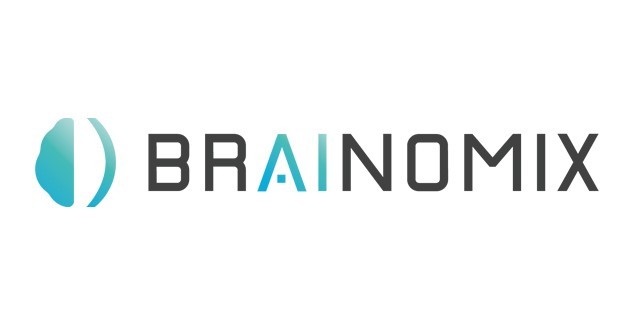 Corporate Supporters
Corporate Supporters
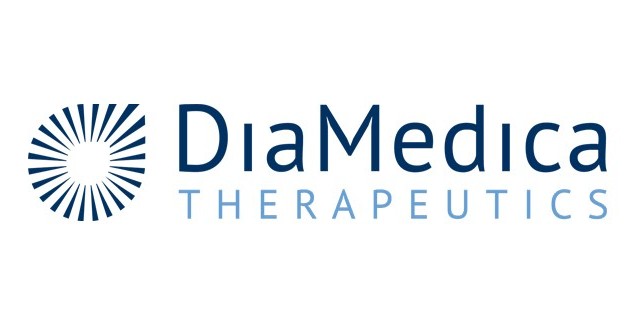 Corporate Supporters
Corporate Supporters
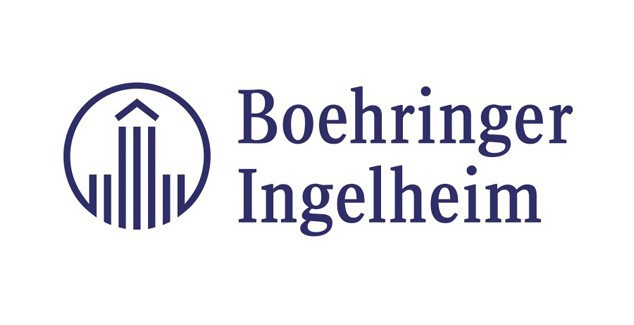 Platinum Plus
Platinum Plus
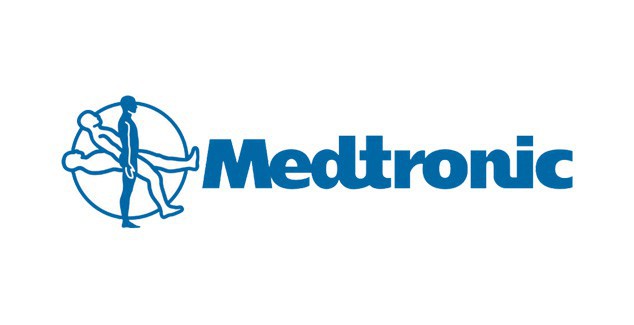 Platinum Plus
Platinum Plus
 Bronze
Bronze
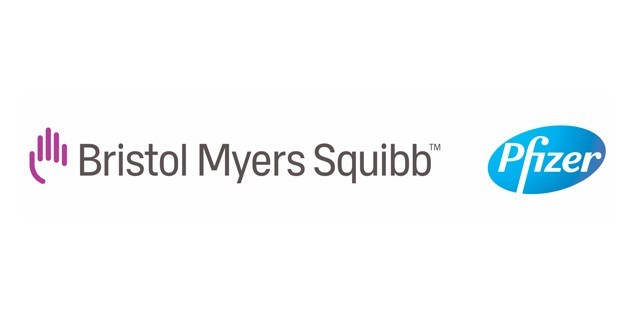 Silver
Silver
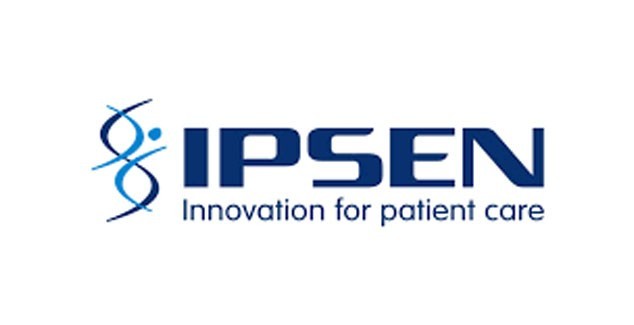 Gold
Gold
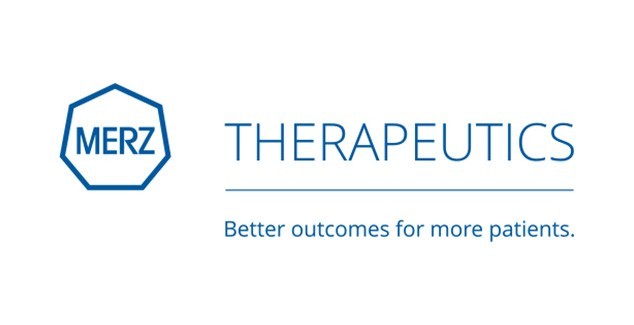 Silver
Silver
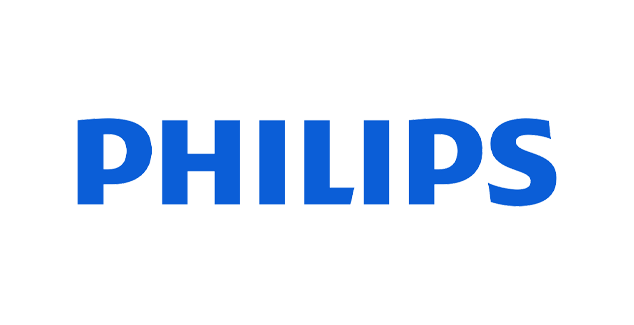 Silver
Silver
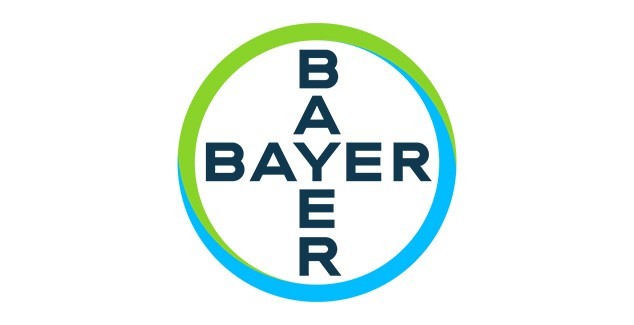 Bronze
Bronze
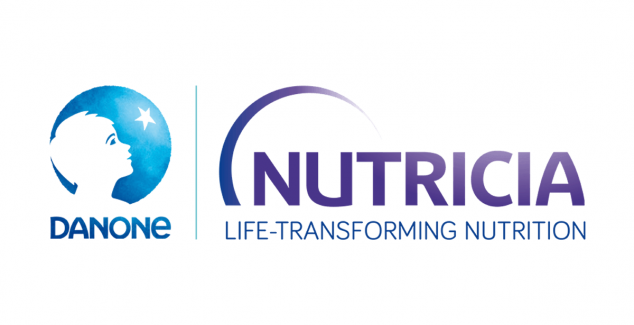 Bronze
Bronze
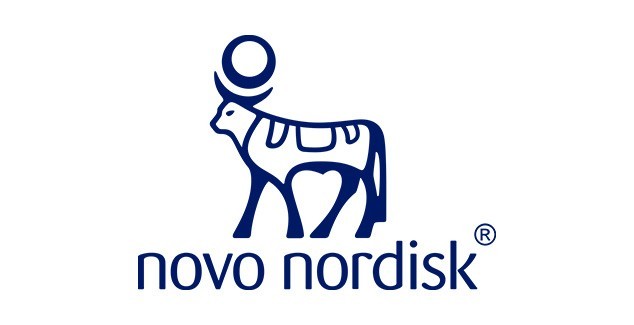 Bronze
Bronze
 Bronze
Bronze
 Silver
Silver